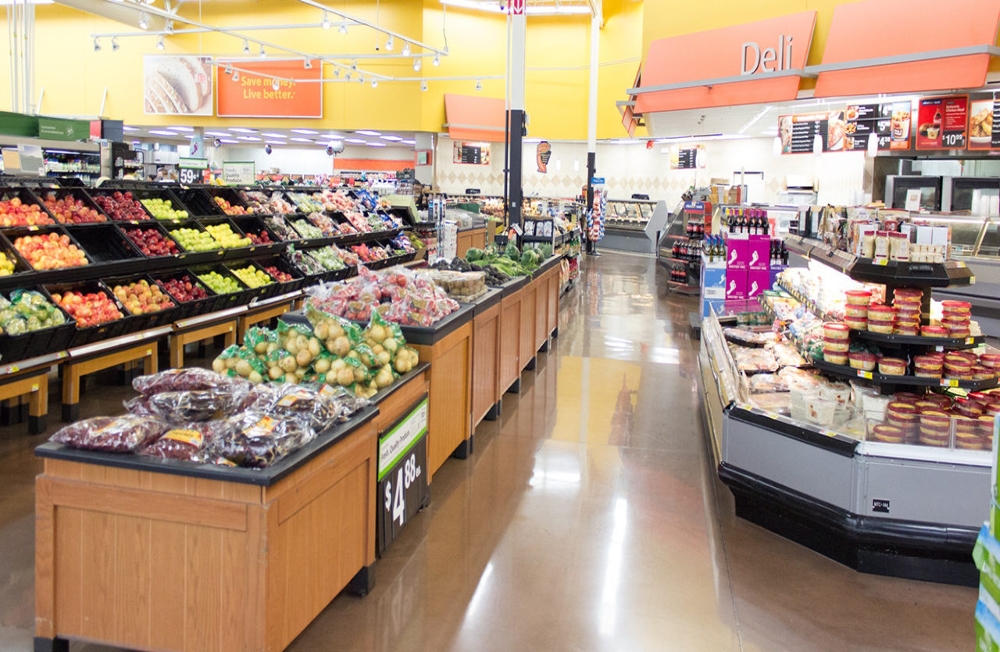
With the plethora of data being provided, companies and governments can make better decisions for drivers on the road. They use technologies like telematics to provide greater transparency throughout the driving & logistics ecosystem.
What is telematics?
Telematics is a premier technology solution used to determine driver behavior and road safety. It is an interdisciplinary field that uses computer science and data analytics to provide on-road and driver behavior data. Insurance firms use the core technology to determine driver scores, and fleet management services use it to estimate the best routes for drivers.
Scalable supervision
Scalable telematics solutions have been shown to reduce the number of on-road accidents by 45%. They’ve also been shown to increase compliance to speed limits across a majority of drivers. Having a scalable supervisor in the car gives rise to an on-road Hawthorne effect, which increases adherence to rules. It also increases driver performance in the long-run, as their behavior gets modified over longer periods.
According to the 2018 Telematics Benchmark Report, 45% of surveyed industries have some form of driver rewards based on their performance on the telematics dashboard. Telematics has enabled companies to create scaled supervision programs and refine their existing driver policies with the help of data.
Scaled supervision is a unique feature within the ecosystem of telematics systems, which is why some of the largest companies are using the technology for their fleet.
A data-based approach to road safety
A comprehensive telematics software can showcase data on a myriad of preselected on-road elements –
Road type data. The telematics system can show how different road types affect driver performance and risk of accidents along certain routes.
Braking. The speed of the vehicle combined with the braking force required can suggest better braking patterns for certain vehicles.
Distance & speed. The average speed and distance can be calculated, and drivers can be corrected if they’re going too fast on certain routes.
Turning-radius. While making turns, what is the pattern of driving? Telematics systems can help in bringing more insight here.
GPS coordinates. The entire journey can be mapped, along with how many stop-overs, rerouting, and other driving behaviors.
Sudden shifts. If there are multiple short bursts of swerving, then the driver may be shifting lanes at high speeds. The behavior can be tracked over some time for deeper insights.
By incorporating a more data-based approach, road safety can become a more transparent endeavor.
Targeting specific issues
For drivers that are repeat offenders, telematics can help target specific issues within their capabilities. This enables insurers, car owners and manufacturing companies to provide deeper insights into core issues.
Fleet managers can address certain driving areas at scale or target specific drivers with data-based insights. This helps in running operations more effectively and allows for timely delivery and transportation. Having a data-based approach also helps in ensuring transparency when testing specific issues. Drivers can also be incentivized to stay compliant with regards to the telematics data collected.
Transition towards automated driving
As more companies opt for automated driving, telematics systems can provide insight into human-behavior and efficiencies. When driving along certain routes, or while on cruise-control, companies can calculate the real efficiencies that driverless vehicles can offer. If the alternative isn’t more efficient in the long-run, then companies can continue to work with a driver-enabled fleet.
As human drivers improve their performance using telematics systems, they can become more productive in their approach. This also enables them to become deeply connected with their performance metrics. Automation, therefore, becomes a tool to improve performance rather than an altering force in the industry.


